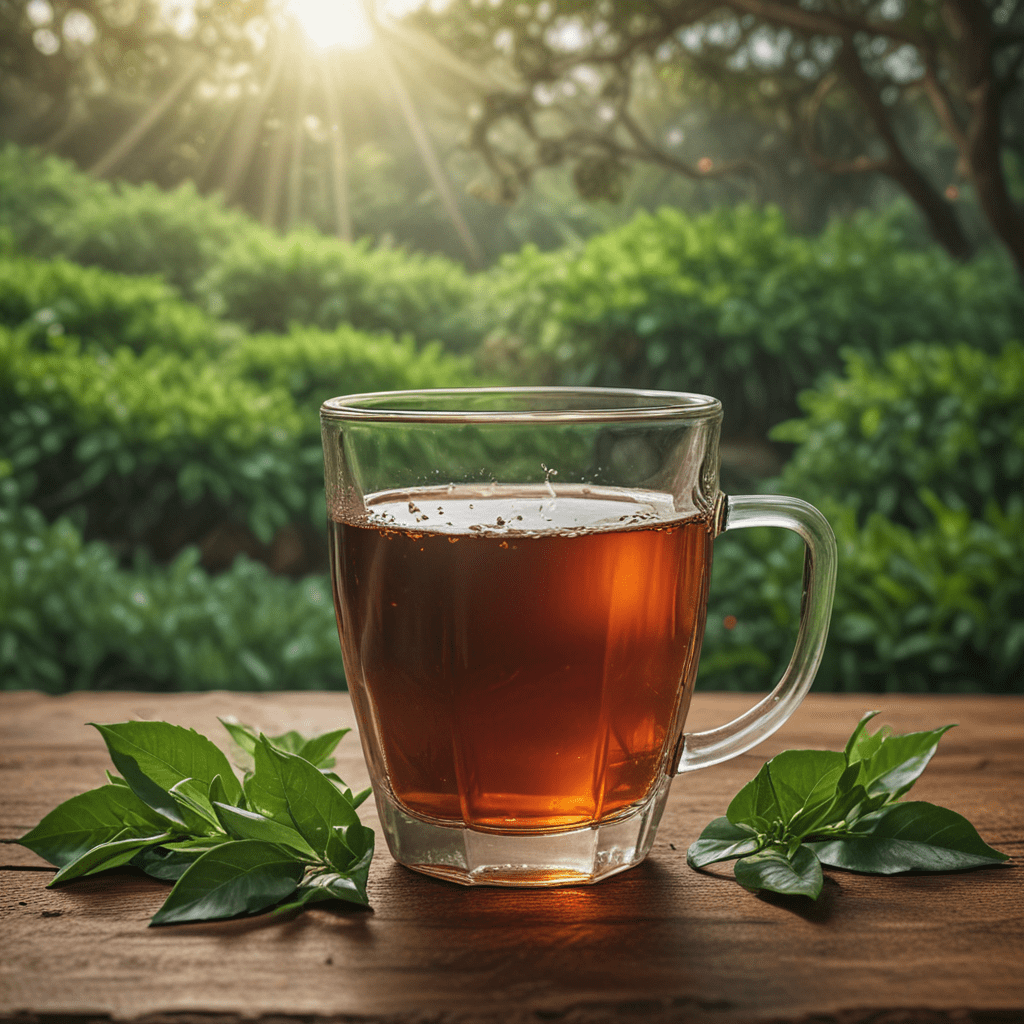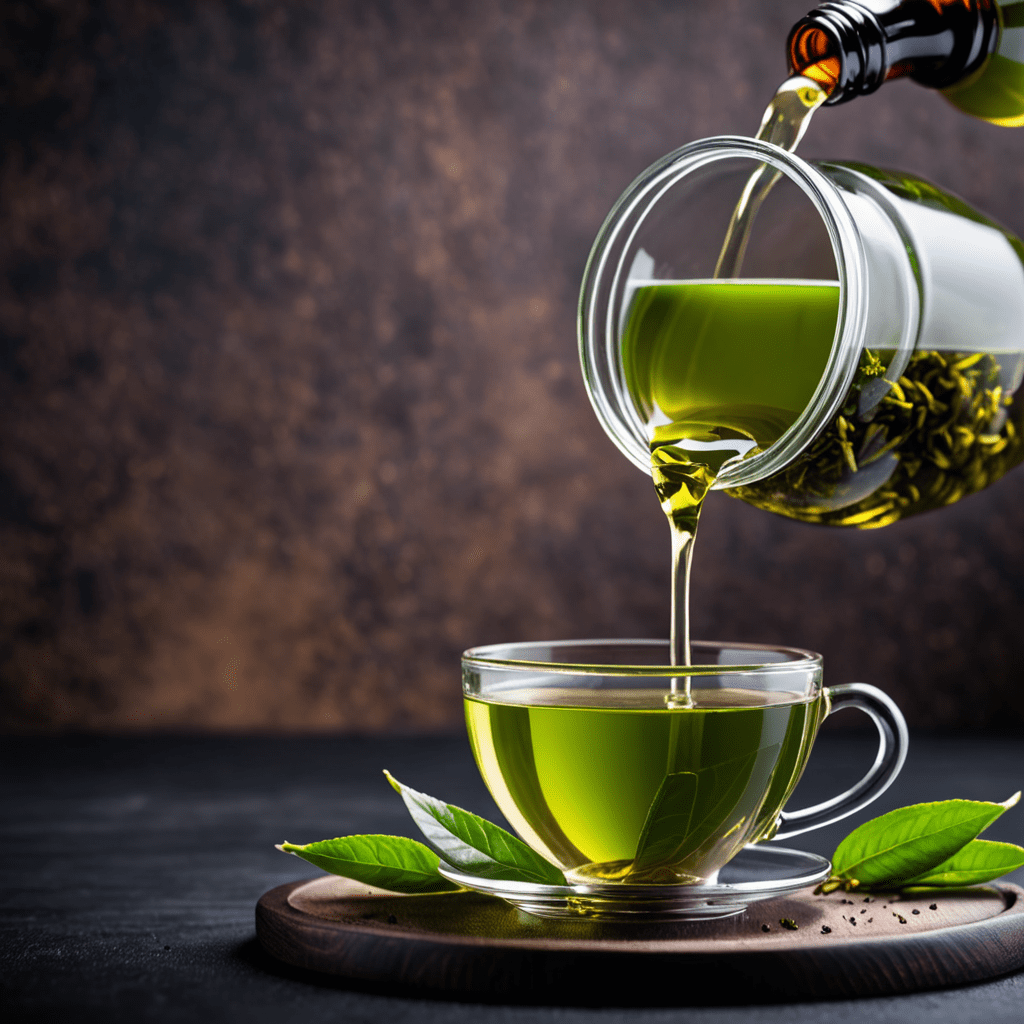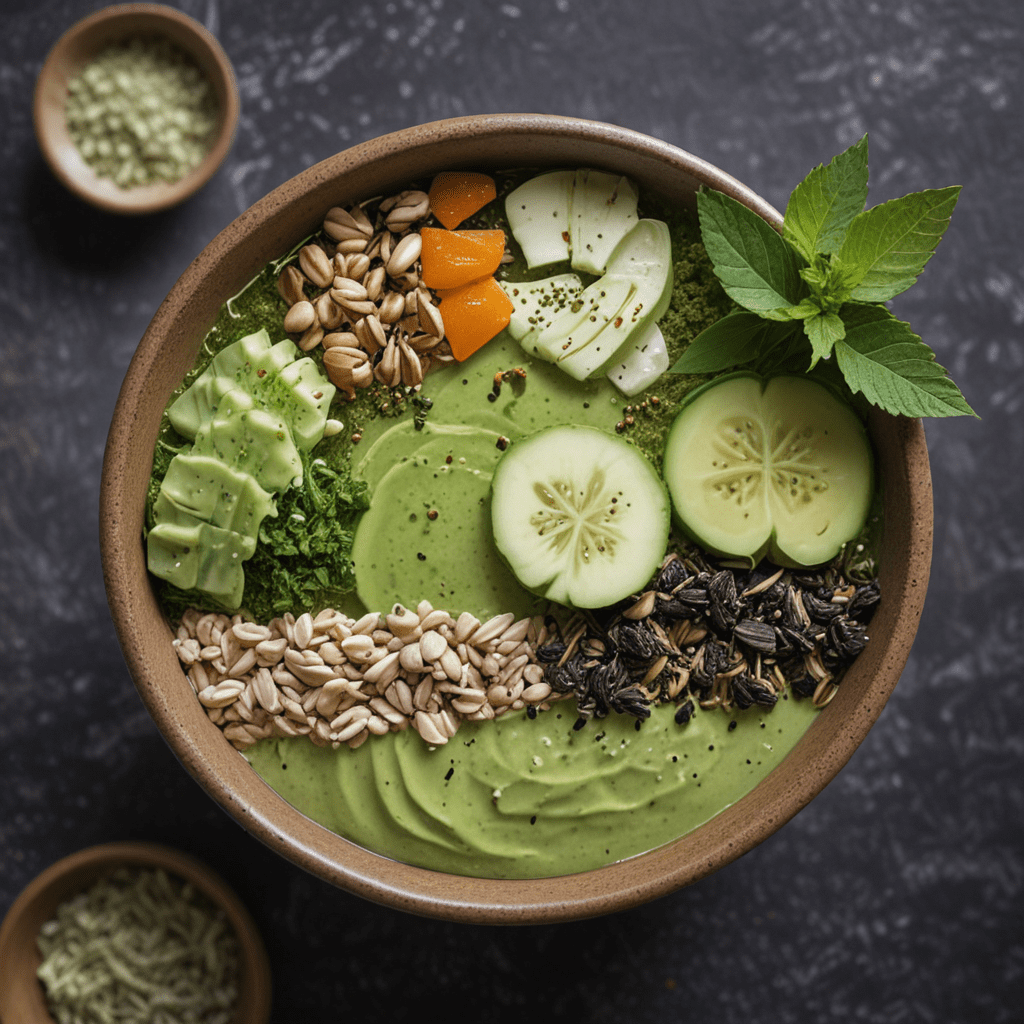Overview of Ceylon Tea Production
Ceylon tea, renowned for its exquisite flavor and aroma, is a testament to the meticulous craftsmanship and expertise that goes into its production. Grown in the pristine hill country of Sri Lanka, Ceylon tea undergoes a series of intricate processes before reaching your cup.
Plucking and Harvesting the Tea Leaves
The art of tea production begins with the careful plucking and harvesting of the tea leaves. Tea pluckers skillfully handpick the two youngest leaves and the bud from each plant, ensuring optimal freshness and quality. Harvesting takes place throughout the year, with different seasons yielding teas with distinct flavor profiles.
The Withering Process
After harvesting, the tea leaves are spread out in a controlled environment where they undergo a process called withering. During withering, the leaves lose some of their moisture, becoming more pliable and ready for the next step in the process. The withering time and conditions play a vital role in developing the tea's characteristic flavors and aromas.
The Rolling Process
The withering leaves are then rolled, either by hand or using machines. This step further breaks down the leaf cells, releasing essential oils and enzymes that contribute to the tea's flavor and texture. Different types of rolling can produce different shapes and styles of tea, including the classic black, aromatic green, and delicate white teas.
The Drying Process
After rolling, the tea leaves are dried to remove any remaining moisture. This process prevents spoilage and preserves the tea's flavor and aroma. Drying can be done naturally in the sun or artificially using machines. The drying time and temperature are carefully controlled to ensure optimal results.
The Grading and Sorting Process
Once dried, the tea leaves are graded and sorted based on their size, shape, and quality. This process ensures consistency in the final product and allows for different grades of tea to be produced, each with its own unique characteristics. Grading is done using screens and other mechanical devices, while sorting is often done manually by experienced tea tasters.
The Tea Blending Process
Tea blending is an art form that involves combining different grades and types of tea to create unique flavor profiles. Expert blenders carefully select and mix teas to achieve the desired taste, aroma, and body. Blending can also be used to create flavored teas by adding natural or artificial flavors to the mix.
The Packaging and Storage Process
Proper packaging and storage are essential to preserve the freshness and quality of Ceylon tea. Tea is typically packaged in airtight containers or vacuum-sealed bags to prevent oxidation and moisture absorption. Storage should be in a cool, dry place away from direct sunlight.
The Craftsmanship and Expertise Involved in Each Step
Throughout the entire Ceylon tea production process, meticulous craftsmanship and expertise are applied at every step. From the careful plucking of the leaves to the delicate art of blending, skilled artisans ensure that only the highest quality tea reaches your cup. This unwavering commitment to excellence is what sets Ceylon tea apart as a true masterpiece of nature and human artistry.
FAQ
How long does it take to produce Ceylon tea?
The production process takes approximately 3-4 weeks, from harvesting to packaging.
What factors affect the flavor of Ceylon tea?
The flavor of Ceylon tea is influenced by factors such as the cultivar, soil conditions, elevation, and processing methods.
What are the different grades of Ceylon tea?
Ceylon tea is graded based on its size, shape, and quality, with higher grades indicating larger leaves and superior quality.
How should Ceylon tea be stored?
Ceylon tea should be stored in a cool, dry place away from direct sunlight to preserve its freshness and flavor.


